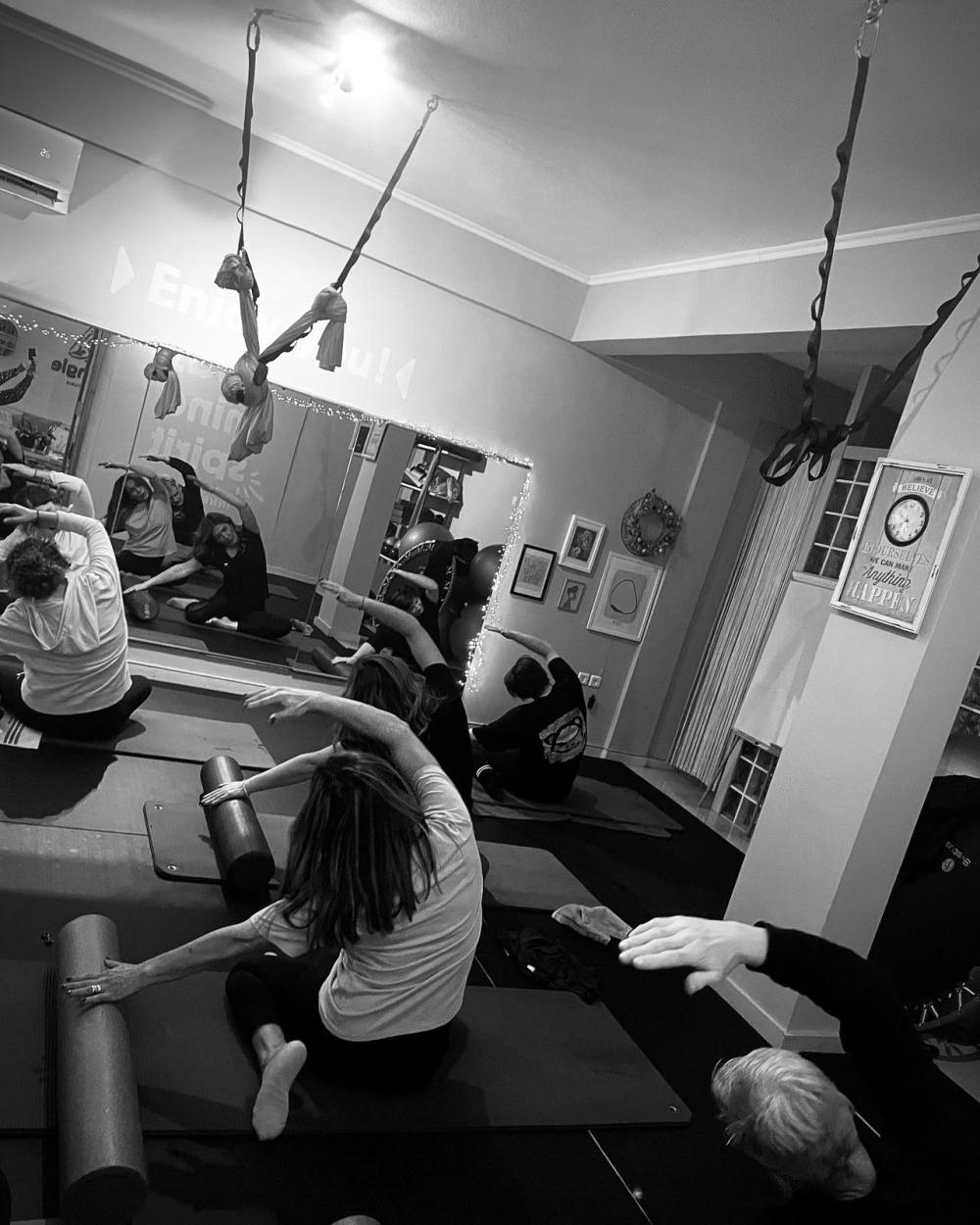What Type of Exercise Do You Need? A Guide to Getting Started Right
Based on the special report “Starting to Exercise” by Harvard Medical School
When we begin an exercise program, it’s easy to feel overwhelmed: walking or weights? Pilates or swimming? The answer is simpler than we think — we need a combination.
Harvard Medical School recommends a balanced weekly routine that includes:
• 150 minutes of moderate aerobic exercise (or 75 minutes of vigorous activity),
• Two or more strength training sessions,
• And for those over 65, balance exercises.
If that sounds like a lot, start small: for example, three 10-minute walks a day can be a great first step.
Aerobic Exercise (Cardio)
Walking, cycling, swimming — these activities raise your heart rate, burn calories, and boost your endurance. If your goal is weight loss or heart health, this is your foundation.
Strength Training
Resistance-based movements — whether with weights or your own body weight — protect against osteoporosis, strengthen your muscles, and make daily tasks easier: carrying groceries, climbing stairs, getting up from a chair. Aim for two sessions per week, with at least 48 hours of rest in between.
Balance & Flexibility
As we age, balance and flexibility decline. Experts emphasize the importance of maintaining both — not just to prevent falls, but also to support posture and smooth movement. Try adding yoga, Pilates, or stretching to your routine two to three times a week.
Safety First
Before you start, pay attention to posture, warm-up, and cool-down. Align your head, shoulders, and pelvis, and give your body time to adapt. Most importantly, listen to your body — even a little movement is better than none.
The First Step
Exercise doesn’t have to be impressive to be effective. What matters is consistency, self-awareness, and a sense of care for your body. Begin wherever you are — and move forward, a little more each day.


